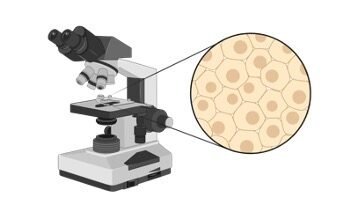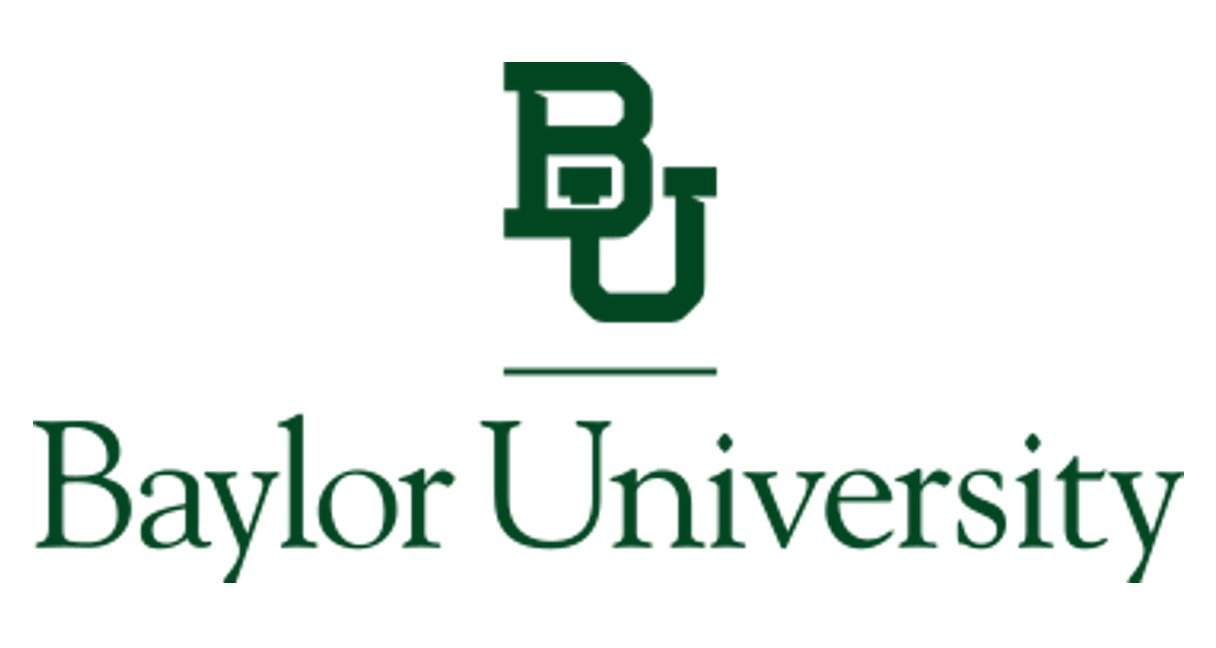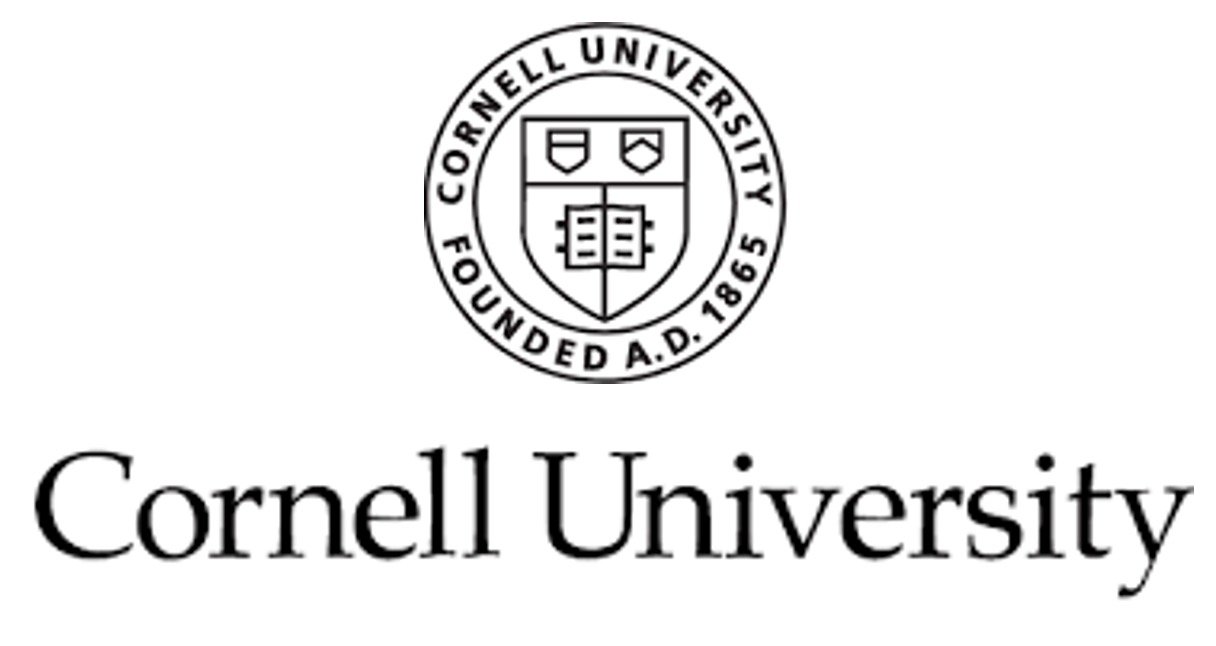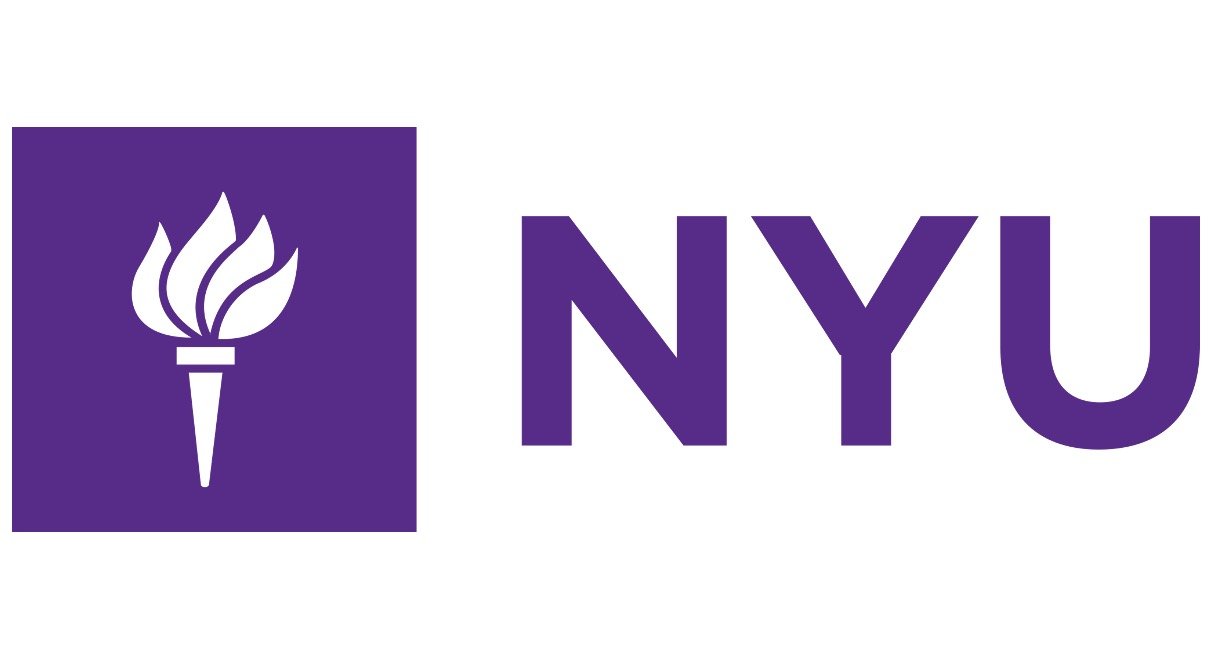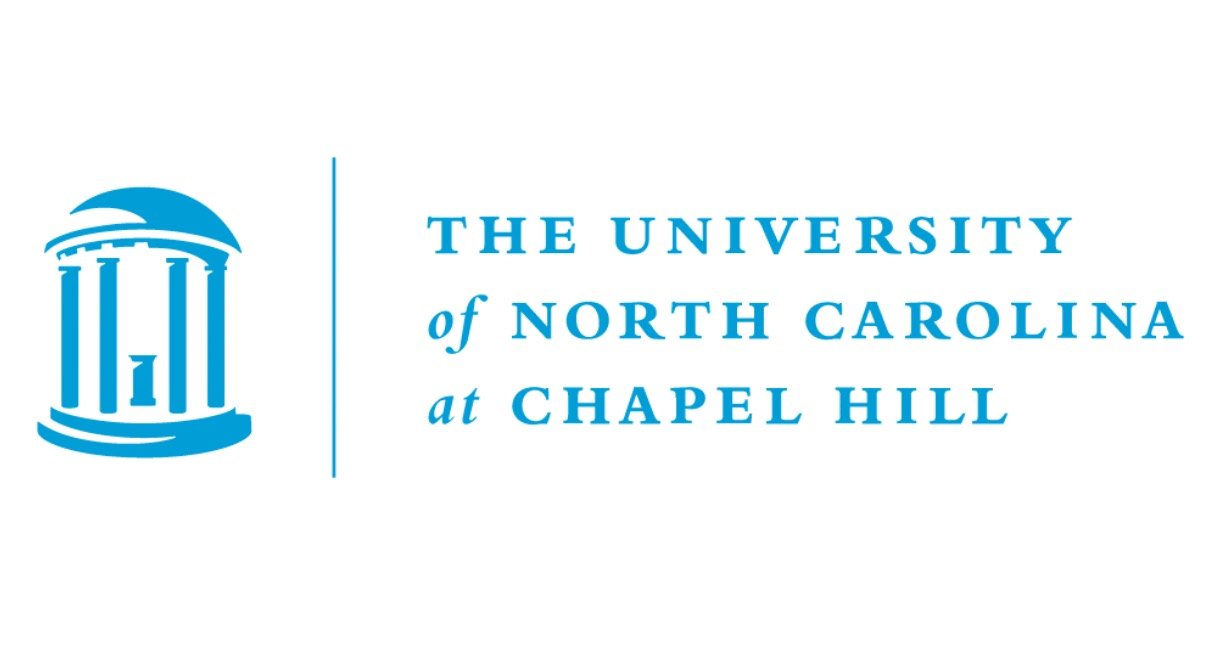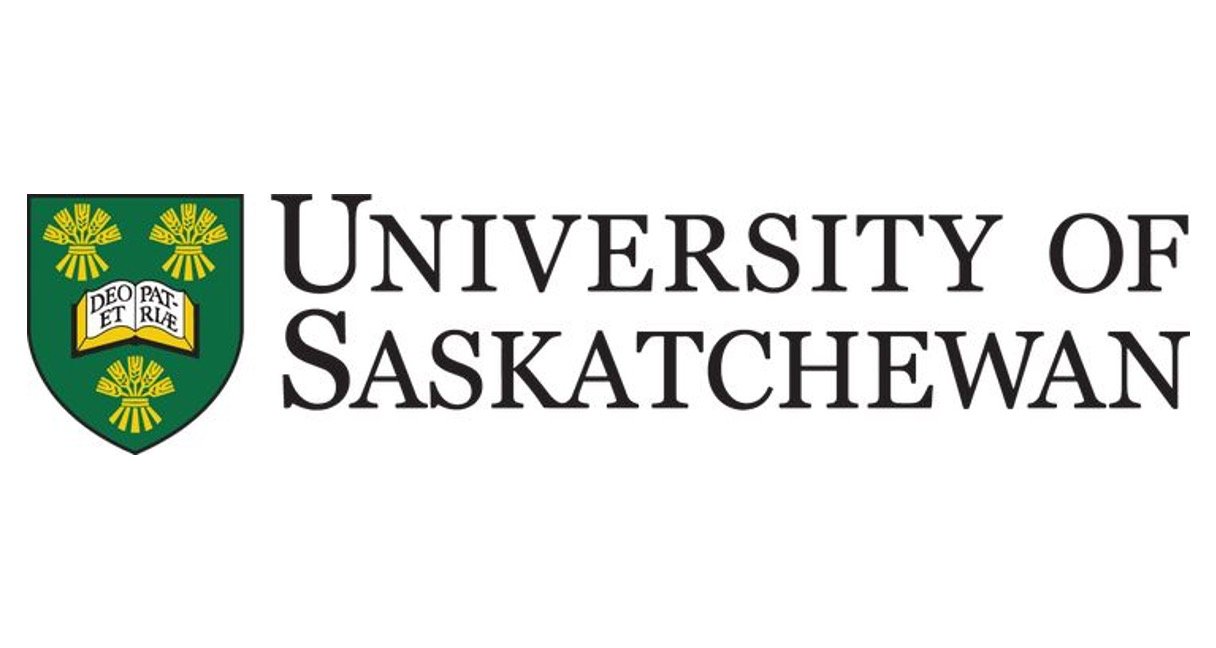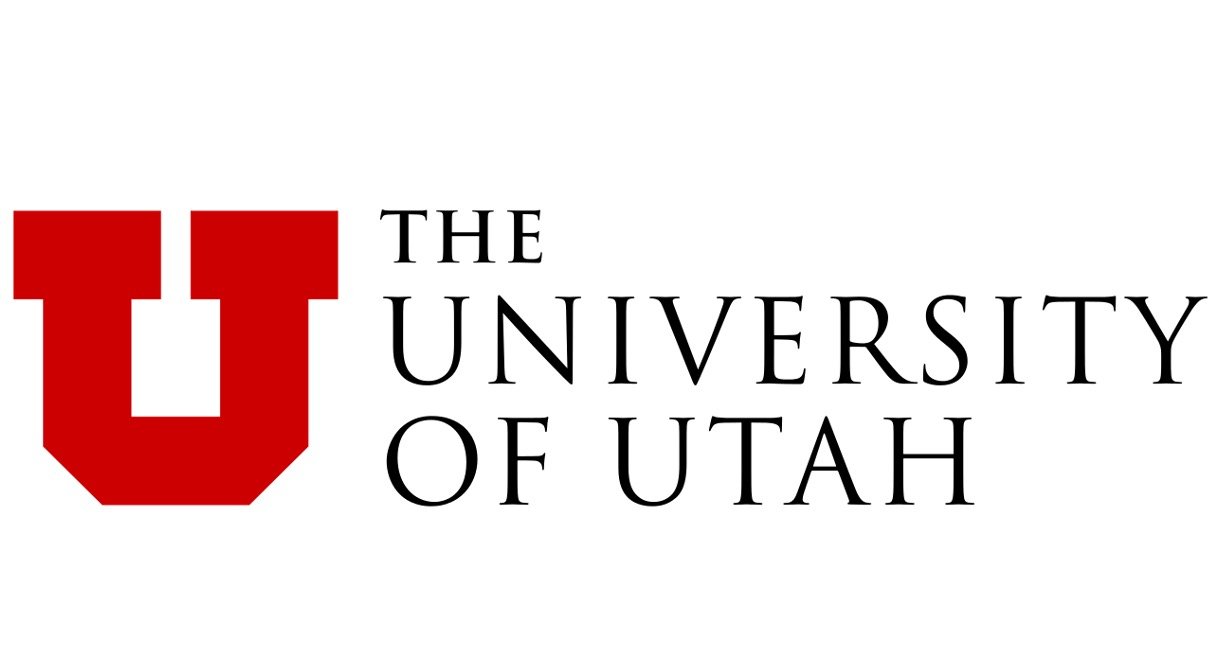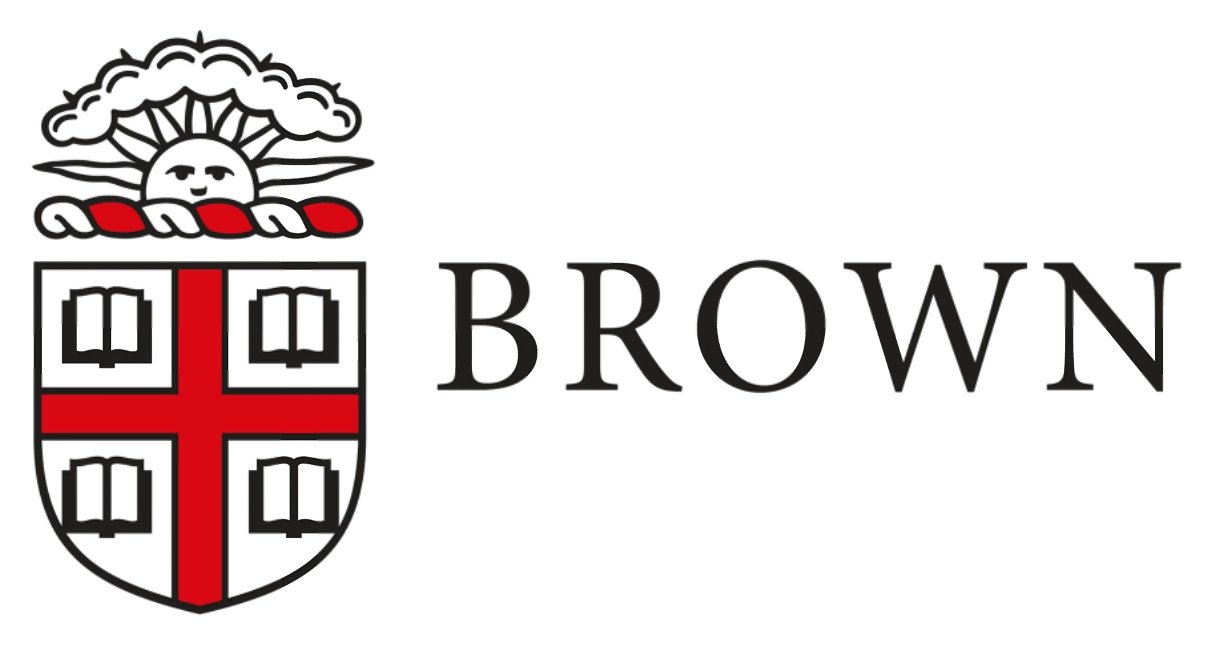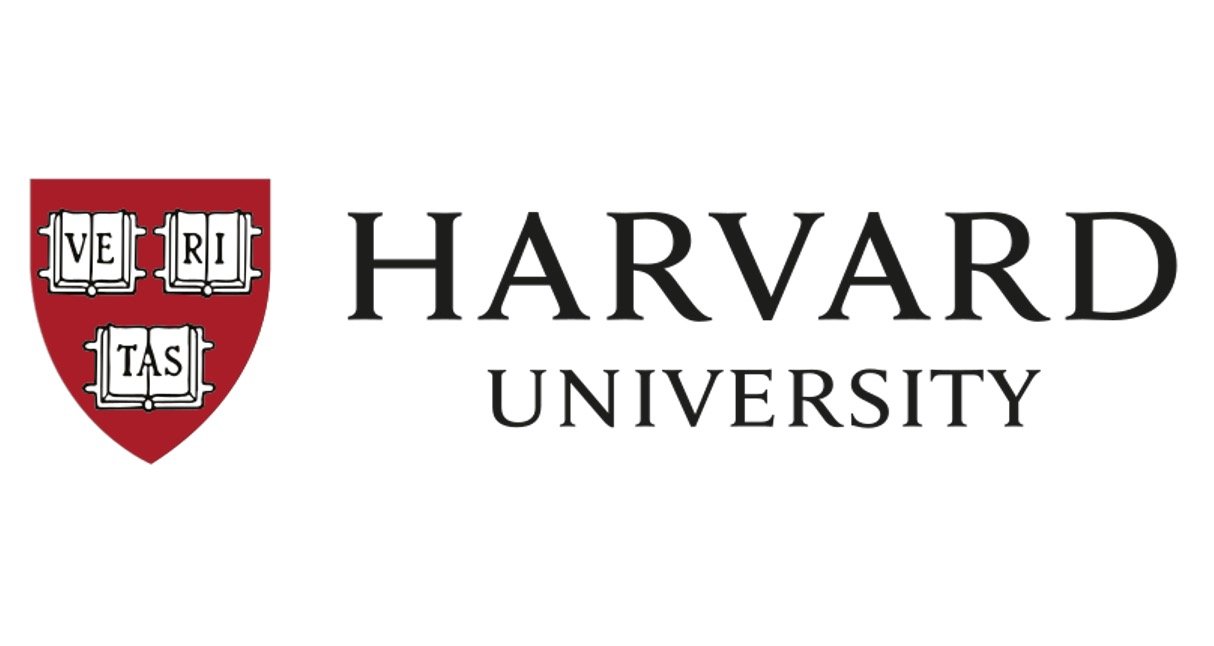Table of Contents
Zygomatic Arch Definition
Zygomatic Arch also known as cheekbone, it refers to the parts from both temporal bone and zygomatic process that forms an arch. The zygomatic process is the extension of the temporal bone that attaches through a process to the zygomatic bone. This results in the formation of a tunnel by the 2 extensions through which tendon and muscles can pass.
What is Zygomatic Arch?
This feature is observed in all synapsids that have a hole in the temporal bone known as temporal fenestra. This hole was apparent and clearly distinct in ancestral mammal-like reptiles, while in modern mammals it molds with the eye orbit.
In humans and other primates, the eye sockets do not connect directly with the zygomatic arch. This arch helps in providing attachment points to several types of tissue of the skull. The hole permits the passage of the temporalis muscle and other associated tendons to pass under this arch and attach to the mandible bone of the skull.
The tendons of the temporalis muscle are linked to a small extension of the mandible known as the coronoid process that is tucked under the zygomatic bone. The masseter muscle which comprises a large muscle responsible for the movement of the jaw is attached directly to the large part of the mandible and the zygomatic arch.
This muscle is primarily involved in all jaw movements and the temporalis muscle aids in providing the extra tension required to mash, chew or grind food. The zygomatic arch and the linked structures help in providing attachment points for these muscles due to their large surface area.
"Zygomatic Arch also known as cheekbone"
Whenever we are chewing our food, we can feel the action of both these muscles. If fingers are laced between the eye and the ear and then during chewing the hard bone can be noticed.
The masseter muscle flexes on the bottom area while the temporal muscle flexes and produces a bulge above the zygomatic arch, during chewing of food. Chewing is a complex process that requires both these muscles.
This occurs only in mammals, whereas in other animals like lizards or birds, their size of the mouth is limited that also restricts the type and size of the food they can ingest. Sharks and other certain organisms have sharp teeth that they employ to cut the prey into huge chunks but even these are not chewed but rather swallowed.
In mammals, the presence of a zygomatic arch helps them to grind and chew their food. This not only enhances the rate of digestion but also expands their diet.
Zygomatic Arch Citations
- Using the zygomatic arch as a reference line for clinical applications and anthropological studies. Surg Radiol Anat . 2019 May;41(5):501-505.
- Zygomatic Arch Parosteal Osteosarcoma in Dogs and a Cat. Vet Pathol . 2019 Mar;56(2):274-276.
- Osteochondroma of the Zygomatic Arch: A Case Report and Review of the Literature. J Oral Maxillofac Surg . 2018 Sep;76(9):1912-1916.
Share

